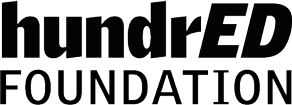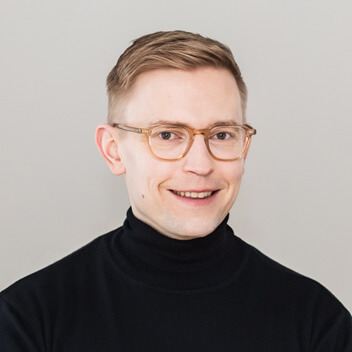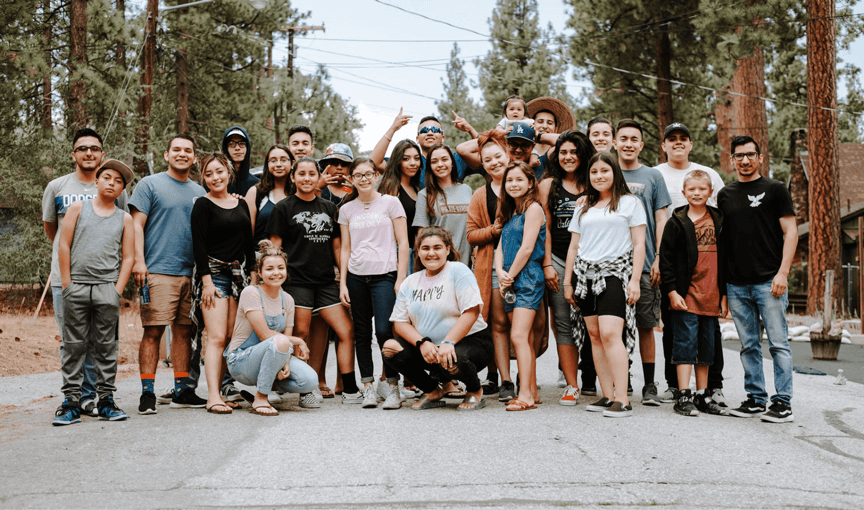"COIL for Sustainable Development: Shaping Higher Education in Ibero-America" was created to empower educators in Spain, Latin America, and the Caribbean to integrate SDGs into teaching via Collaborative Online International Learning (COIL). The program promotes global citizenship, intercultural collaboration, and sustainable, inclusive education, equipping students to tackle global challenges.
This program offers a dynamic, collaborative online learning experience for higher education professionals. Educators from Spain, Latin America, and the Caribbean engage in both synchronous and asynchronous activities to discuss global education, sustainability, and the SDGs. The program uses active learning methods to train educators in the COIL methodology, designing virtual international learning spaces for students to collaborate across cultures. Participants receive feedback from peers and facilitators on their final projects, ensuring they are impactful. After the program, they implement their COIL projects with continued support for up to four weeks. The program also builds a global network of educators in Iberoamerica who continue collaborating beyond the program, exchanging ideas and advancing sustainable development.
The program has built a strong community of educators across Spain, Latin America, and the Caribbean, allowing them to share their experiences, knowledge, and successes. This network encourages word-of-mouth recommendations, where participants spread the impact of the program within their institutions and among peers.
The program may ask you to complete a survey to understand your needs, expectations, and level of experience. This will help tailor the program to your context and ensure you're selected based on your interest and commitment.





